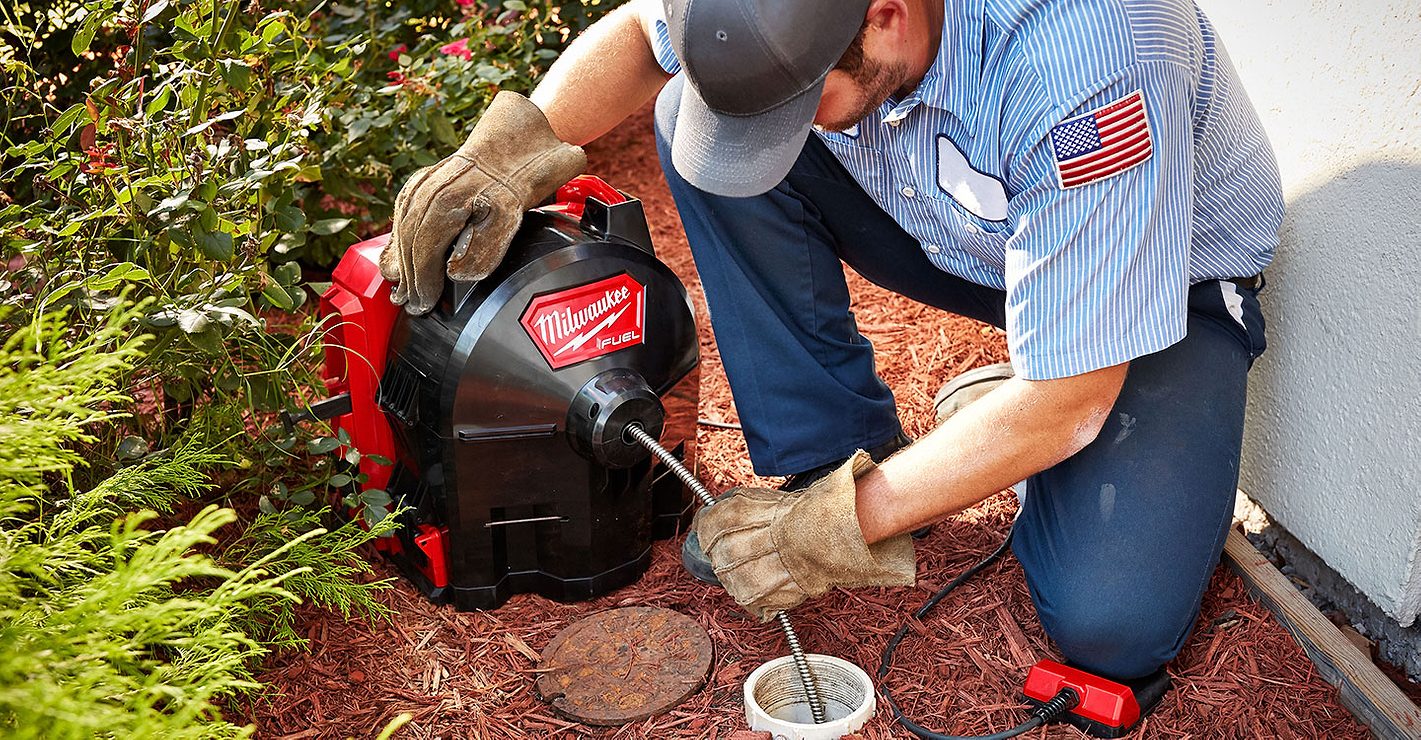To help you make better decisions, here's an overview of water treatment cartridges.
Cartridges hold many advantages. For starters, they can be plumbed in-line to give relief to a specific problem, without the need for backwashing or waste flow handling. Maintenance becomes a periodic change-out of the cartridge per the manufacturer's prescribed frequency - an easy service scenario. At the very least, it can be a potential cartridge sale for the contractor who is willing to stock some of the replacement items and monitor the customer's usage timeframe.
Of course, any technology has its downside. For highly problematic water, replacement frequencies on disposable cartridge elements may be higher, thus increasing overall operating costs for the user. Sometimes the need for replacement isn't noticed until it plugs up the water flow. Other times, the customers may not notice a change in their water quality or flow. As a result, they may not replace the cartridge element at a prescribed interval even though they should.
However, cartridges offer a diverse arsenal against many water problems - a significant advantage that cannot be ignored.

Basic Types
In a nutshell, cartridges are modules designed to fit in a pressure housing and remedy one or more fluid problems. After a certain limitation is exceeded (time, treatment volume or pressure drop), the cartridge is typically replaced and discarded.Filtering cartridges come in various forms: pleated, pleated impregnated, string-wound, resin-bonded, melt-blown, granular media, carbon block. Some of these categories have variations on these names.
Pleated filters can be made from various materials. Typically they are made from cellulose (paper) or polypropylene (plastic). In either case, the objective of pleating the barrier material is to pack as much filtering surface area as possible into a compact unit, without sacrificing too much flow. These filters typically have a particle filtering range of 1 to 100 microns depending on the material, operating conditions and cartridge design. Pleated cartridges are used for sediment removal of varying particle size.
Pleated cartridges also can be impregnated with a media that provides additional function to the cartridge. For example, a common combination would be to combine powdered-activated carbon into a pleated filtering material. This combination can provide particulate matter reduction as well as taste, odor or organics reduction.
String-wound cartridges are made by winding natural or synthetic fibers tightly around a perforated inner-core tube. The inner string layers experience compression and thus have tighter flow spaces, providing a “depth filtering” effect. Depth filtering refers to a more efficient use of filter layers. As opposed to simply filling up space on a filter surface, particles tend to be entrapped throughout the filter, typically resulting in longer run times. These types of cartridges commonly have application ranges for particles of 0.5 to 100-micron size, depending on application parameters. The most common fiber used is polypropylene.
Resin-bonded filter elements consist of cellulose or synthetic fabric layers that are bonded together using a cured resin after being rolled into a cylindrical shape. After forming, the element can then be machined to size. Grooves often are made to increase filtration surface area.
As in the case of other filter cartridge names, a “melt-blown” filter cartridge refers to the way that these cartridges are manufactured. The filter material is made by exposing molten plastic into a fast-moving air stream. This process not only stretches the plastic into fibers, but also rapidly cools the material in its new shape. The process can almost be likened to a highly controlled cotton-candy machine. The resulting filter is typically low-cost, strong, with good filtering ranges.
Granular media of different sorts can easily be packaged in cartridge form. In these filters, a medium is packed tightly in a plastic cylinder or outer wrap layer. The most common media used in cartridge applications is activated carbon for taste and odor removal, undesirable organic chemical removal, chlorine removal and other chemicals. The media also has some depth filtering benefits.
Perhaps one of the most significant advances in cartridge filtration is the carbon block. Carbon block filters are a combination of a binding agent and powdered-activated carbon combined in a slurry, and then either extruded or molded into a specified shape (often cylindrical). Since the carbon used is powdered, it achieves an extremely high contact surface area between water and carbon, and, thus, offers excellent chemical removal properties. Some carbon blocks will contain specialty agents for targeted removal of certain contaminants, such as lead, for example.
Read The Label
One of the most significant discussions surrounding cartridge filters, or any filter for that matter, is the issue of particle removal efficiency. One might assume that a “5-micron filter” removes anything smaller than 5 microns. Not so. In general a filter will remove some percentage of the specified particle size.Terminology has evolved to describe the differences in these removal percentages. For example, some filters may be called “5-micron nominal” and some may be referred to as “5-micron absolute.” This small variation in wording has a big implication in removal capability and should not be ignored.
The Water Quality Association defines filter ratings as “nominal” for filters that retain at least 85 percent of particles of the size described by the nominal filter rating. Furthermore, an “absolute” rating refers to a filter that retains at least 99.9 percent of the particles larger than the specified size rating. However, it is important to note that the definitions of “nominal” and “absolute” are not universally accepted and can have varied meaning depending on the market of application. The moral of the story: Ask the filter manufacturer exactly what its size rating indicates, and for what conditions it is intended.



